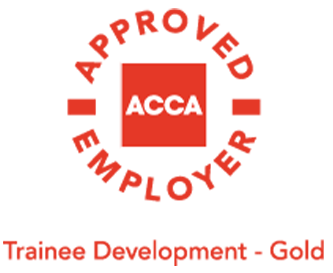Investors' Relief - the forgotten CGT break?
Newsletter issue - August 2021.
Investors' Relief (IR) was introduced in April 2016 to complement what was then called entrepreneurs' relief. IR is intended to encourage outside investment into smaller entrepreneurial companies by those investors who may not wish to get involved with the day-to-day running of the business. Entrepreneurs' relief, now called Business Asset Disposal Relief (BADR), requires the shareholder to be a director or employee of the issuing company. In contrast, IR prohibits the shareholder from being a "relevant employee" (with some exceptions) during the minimum shareholding period - referred to as the relevant period in the legislation.
As IR does not attract any upfront income tax relief, like EIS investments do for example, making a claim can be easy to overlook - and may apply to more disposals than taxpayers or their advisers realise.
Basic requirement recap
In order to qualify for IR, the shareholder must subscribe for new shares on or after 17 March 2016. Any shares acquired between 17 March 2016 and 5 April 2016 are treated as being acquired on 6 April 2016. Shares acquired before 17 March 2016 cannot qualify, even if all the other conditions are met. It is therefore necessary to split shareholdings into a qualifying and excluded part upon a disposal.
The company must be an unquoted trading company, or the parent company of a trading group. The relevant definition is the same as the gift holdover relief under s. 165 TCGA 1992. The company will be unquoted for these purposes if it is not listed on a recognised stock exchange at the date of the investment. If it later becomes listed on such an exchange, this will not disqualify relief unless there were arrangements in place for the listing to take place at the time of the investment.
Once subscribed for, the shares must be held for a minimum of three years before disposal in order to secure relief. The shareholder must not become a relevant employee during this time. However, there is an exception where the shareholder becomes an employee after at least 180 days following the subscription, as long as there was no reasonable prospect that they would become an employee at the start of the relevant period and they do not become a director of the issuing company, or a connected company.
There is also an exception for unpaid directors, as long as they have never been involved in carrying on any part of the trade carried on by the issuing company. This is similar to the EIS provisions.
Where the conditions are met, qualifying gains attract a lower CGT rate of 10% up to a lifetime limit of £10 million. The lifetime limit remains unchanged despite the BADR equivalent being reduced to just £1 million.
Because IR can apply to any unquoted trading company shares issued on or after 17 March 2016, taxpayers with managed portfolios - particularly those which have specialised interests within these - such as AIM shares etc. - may have qualifying disposals they are unaware of. Additionally, care should be taken to identify shares that may have been unquoted at the time of the investment that became quoted later on - remember that a listing after the investment does not necessarily disqualify the shareholder from claiming IR. HMRC's guidance on IR can be found on Help Sheet 308 - available here.






